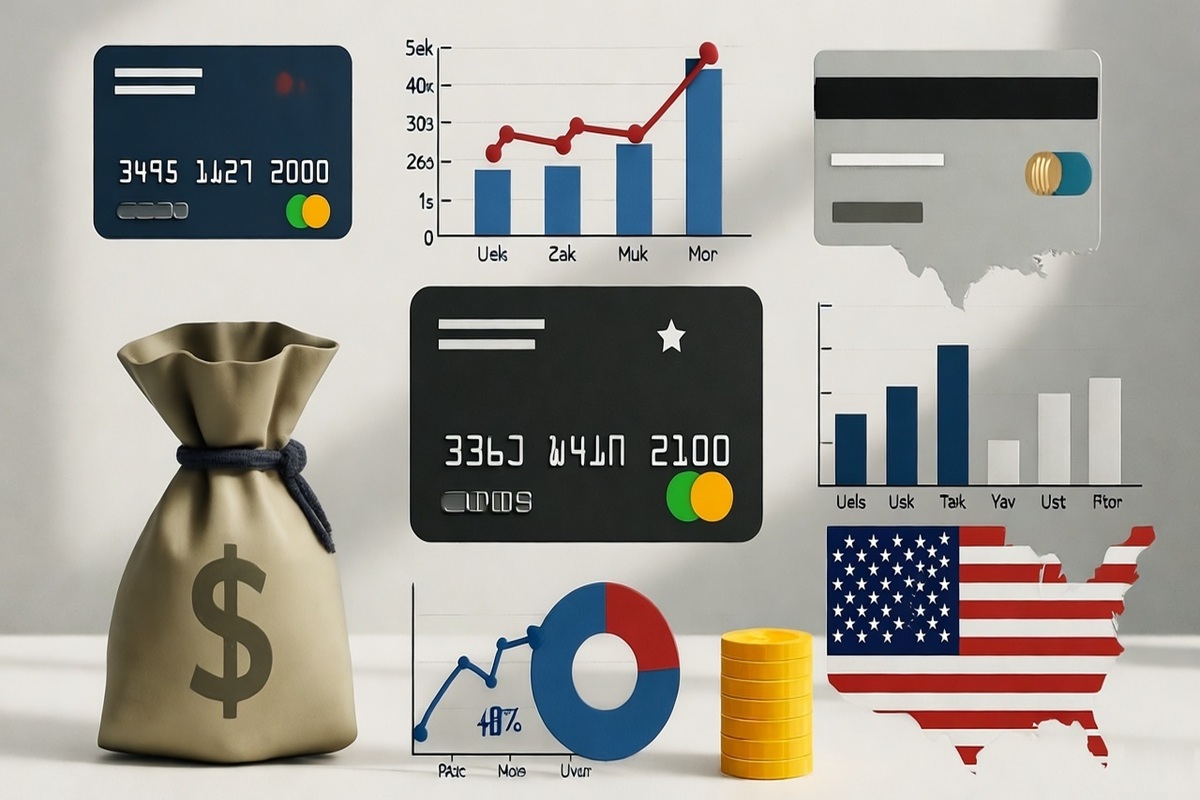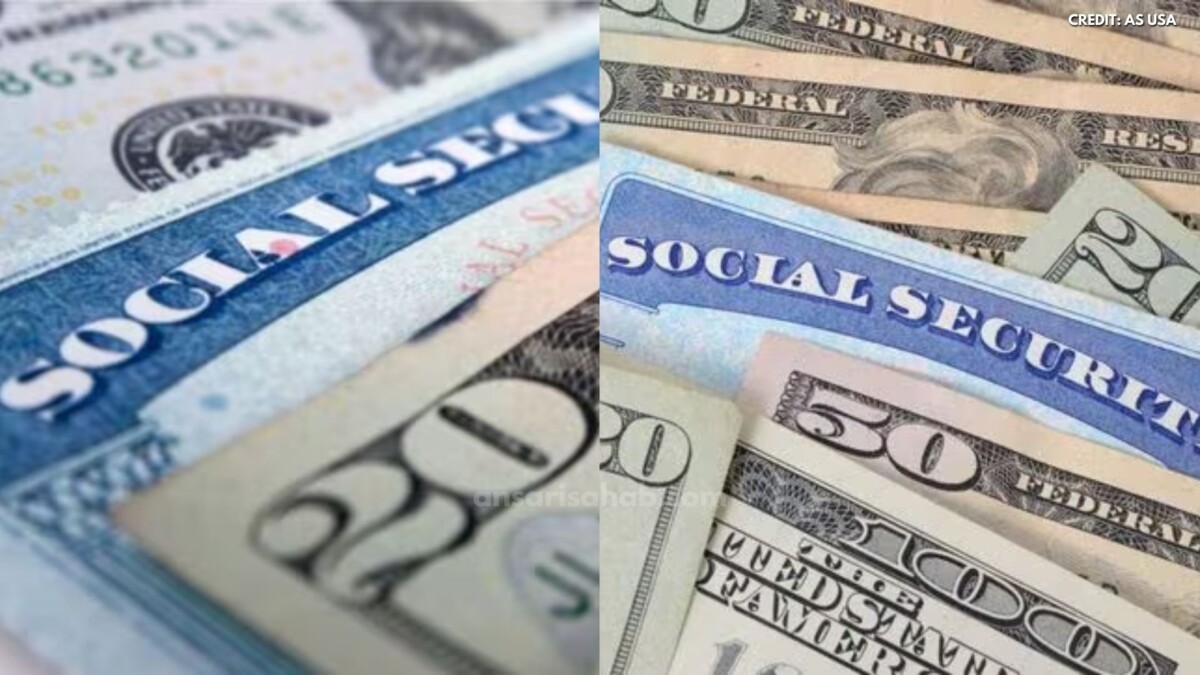Cashback credit cards remain the most widely preferred rewards product in the United States, but consumers and analysts say the practical value of those programs is under pressure in 2025. While surveys show strong preference for simple cash returns, rising prices, issuer tweaks to reward structures and competing loyalty models mean the dollar-for-dollar advantage of many cash-back cards is narrowing.
Why cashback still matters — and where it’s weakening
For many cardholders, the appeal of cashback is straightforward: rewards that don’t require conversion or complicated redemption math. A recent Bank of America survey reported by Investopedia found roughly 70% of Americans ranked cash back as their most valuable card perk, particularly among users of no-annual-fee cards. That preference helps explain why issuers continue to advertise cash-back offers aggressively.
Yet market data and issuer behavior suggest the net benefit has begun to erode. Credit-card issuers are experimenting with personalization, rotating-category limits and partnerships that shift value toward targeted discounts or points that favor travel and experiences. At the same time, consumer satisfaction with cards overall has shown signs of strain, as economic pressure prompts more cardholders to carry balances — reducing the effective value of any rewards when interest charges are considered. An industry survey earlier this year noted growing take-up of “value” and cash-back products even as satisfaction metrics slipped.
How program changes affect consumer value
Cashback programs vary widely: flat-rate cards that give a steady percentage on all purchases; category cards that deliver high rates in groceries, gas or dining; and hybrid cards that combine rotating categories with fixed categories. The difference in real value to consumers depends on how closely card categories match everyday spending, whether issuers cap high-rate categories, and whether the card carries an annual fee.
Two practical forces are compressing value. First, issuers are introducing more constraints — caps on bonus-category spending, narrower definitions of eligible purchases, and more frequent adjustments to promotional rates. Second, macroeconomic factors such as inflation make the fixed nominal value of a 1–2% cash-back return buy less in real terms. That combination reduces the purchasing power of rewards, even where headline percentages remain unchanged. Industry observers say that while consumers still like cash back in principle, they must shop and manage cards more actively to extract the same benefit they once did.
What experts and data say
Analysts who follow the payments industry emphasize two competing trends. One is demand-side: surveys consistently show consumers prefer cash back because it is simple and immediately fungible. The other is supply-side: issuers are pursuing profitability and engagement through personalization, co-brand deals and premium perks that favor higher-fee accounts. The result is a bifurcated market: straightforward, low-fee cash-back cards remain broadly popular, while premium cards increasingly push customers toward points and experiential rewards that can be more valuable to specific users.
Financial advisers interviewed by outlets covering the industry urge a holistic view: rewards should be measured not just by headline percentages but by net financial effect — accounting for annual fees, foreign transaction fees, and interest paid on revolving balances. For many consumers who revolve balances, the effective “reward” is negative once interest is applied. For disciplined payers who extract bonuses and stack merchant offers, cashback can still be a clear win.
What this means for cardholders (practical guidance)
For average consumers, the takeaway is pragmatic: cashback credit cards are not dead, but their edge requires more active management.
- Match the card to spending. If your biggest monthly expenses are groceries and gas, favor a card that offers elevated rates in those categories and be mindful of caps.
- Watch fees and break-even points. A card with an annual fee can be worthwhile if its cash-back and perks exceed the fee for your spending profile. If not, a no-fee flat-rate cash-back card may be preferable.
- Avoid carrying revolving balances to preserve rewards value. Interest charges often wipe out any gain from small percentage rewards.
- Consider redemption flexibility. Some cash-back programs now require thresholds or limit payout options; pick cards with easy, no-hassle redemptions.
- Use issuer tools. Many banks offer card controls, automatic enrollment in category activations, or merchant-specific offers that can raise effective returns if used.
The market outlook
Industry surveys and payments research indicate that cash-back mechanics will remain central to U.S. consumer cards in 2025, but issuers will continue to refine how value is delivered — leaning into personalization, merchant-funded offers, and tiered products. For consumers, that means the average cash-back rate alone is not a reliable signal of value: redemption rules, caps, and fees must be considered together. Regulators and consumer advocates continue to monitor transparency in reward disclosures, and any policy changes could reshape the economics of card programs.
Conclusion
Cashback credit cards are not losing popularity, but their straightforward advantage is under pressure. Consumers who want to maximize value in 2025 should treat rewards as one line item in a larger cost-benefit calculation — prioritize cards that align with real spending, avoid interest-bearing balances, and pay attention to changing program terms. As the payments market evolves, the smartest card choice will be the one that fits a household’s specific habits and financial discipline, not the one with the flashiest percentage.









